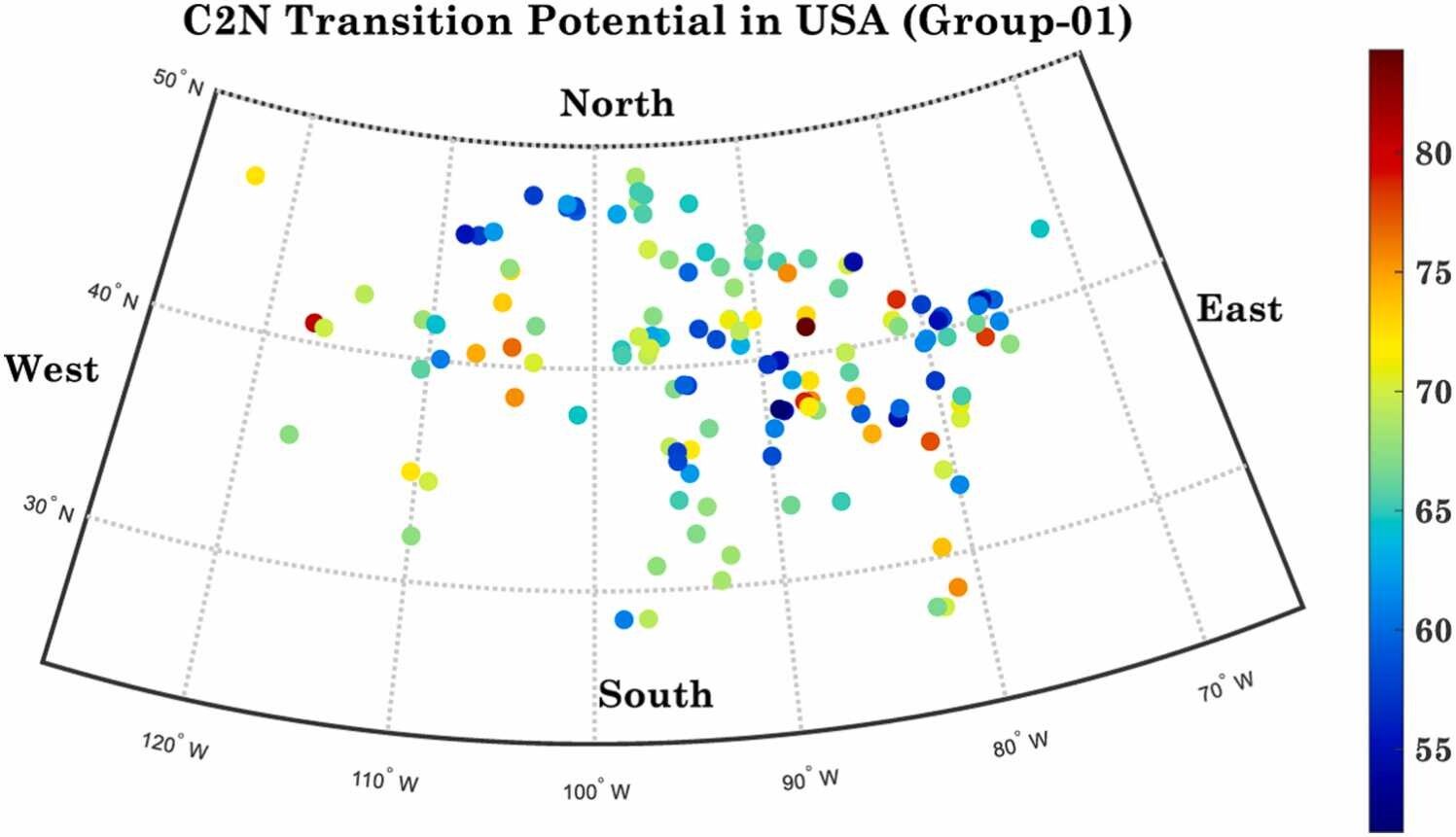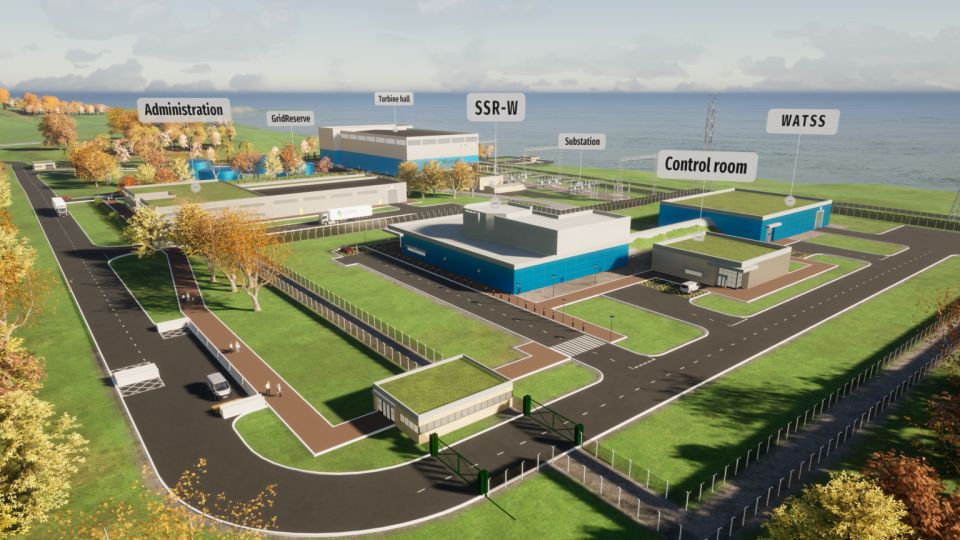The research—“Investigation of potential sites for coal-to-nuclear energy transitions in the United States”—was published in the June 2024 issue of the journal Energy Reports and is described in a July 9 news article from University of Michigan.
Indiana is on top: The R. M. Schahfer coal plant in Indiana emerged as the most feasible smaller-capacity site (categorized as a site generating 1,000 MWe or less) for a coal-to-nuclear transition, while the AES Petersburg plant in Indiana was at the top of the list of larger-capacity sites (those with generating capacity above 1,000 MWe).
The fact that Indiana is a key contender for coal-to-nuclear should come as no surprise because of the state’s current reliance on coal generation. Indiana burned coal for 52 percent of its electricity net generation in 2022 and was the nation’s third-largest coal consumer after Texas and Missouri, according to the Energy Information Administration. Indiana hosts one research reactor (at Purdue University) and no nuclear power reactors.
Cleaning up coal sites: We’re hearing a lot about coal-to-nuclear transitions lately, including from the Department of Energy. Nuclear power can replace a coal plant’s stable baseload generation, but with zero carbon emissions. Choosing an operational coal plant as a new nuclear site can save time and money, according to the UMich study, by taking advantage of existing equipment like transmission lines and power system components. Host communities can retain jobs and tax bases as coal plants are phased out. But the feasibility of reactor hosting can vary from site to site.
“This dataset can support economic revitalization plans in regions affected by coal plant closures and provide information for engagement efforts in coal communities considering hosting clean energy facilities,” said Aditi Verma, assistant professor of nuclear engineering and radiological sciences at UMich and senior author of the study.
“With no new coal plants planned and many utilities aiming to retire all coal power plants within 15 years in the U.S., transitioning to cleaner energy sources is crucial,” said Muhammad Rafiul Abdussami, a doctoral student of nuclear engineering and radiological sciences at UMich and corresponding author of the study.
STAND for nuclear: To include both technical and socioeconomic factors, the researchers used the Siting Tool for Advanced Nuclear Development (STAND) for their analysis. The tool’s ability to evaluate multiple sites simultaneously while balancing a suite of objectives offers a more scalable and robust analysis than previous studies, which focused on a few representative plants, according to the university.
STAND was collaboratively developed by UMich, Argonne National Laboratory, Oak Ridge National Laboratory, and the National Reactor Innovation Center, and it allows users to optimize socioeconomic factors, safety, and proximity.
The data: Results revealed a broad spectrum of suitability levels and trade-offs across different locations, highlighting both the feasibility and complexity of transitioning from coal to nuclear capacity. Regional attributes like energy prices and nuclear policies strongly influenced suitability. For the smaller electric capacity group, feasibility scores ranged from 51.52 to 84.31 out of 100, with a median of 66.53. Scores for the larger electric capacity group ranged from 47.29 to 76.92, with a median of 63.97.
“My hope is that this work, which looks at the potential for coal-to-nuclear transitions in a very granular way for each coal plant across the country, can inform the national and state-level conversations that are unfolding in real time,” Verma said. Supplemental data is available to researchers in the online version of the paper.
The work was sponsored by the Department of Energy Office of Nuclear Energy (project number DE-NE0009382) and was funded through the Nuclear Energy University Program.



.jpg)



